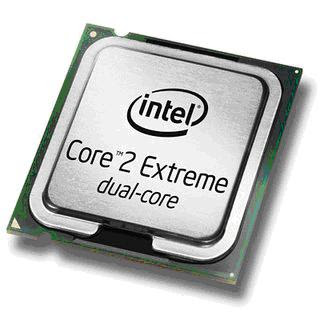
Intel® Core™2 Extreme Quad
The Industry's highest performance floating-point processors just got even better, with more memory, more I/O, and more acceleration than ever. The New SHARC® 2146x family processors provide more than double the computational performance power of the previous SHARC generation, along with an even more diverse integrated peripheral set.
When more is better—with four processing cores the Intel Core 2 Extreme processor delivers unrivaled¹ performance for the latest, greatest generation of multi-threaded games and multimedia apps.
Now with a new version based on Intel's cutting edge 45nm technology utilizing hafnium-infused circuitry to deliver even greater performance and power efficiency. The Intel® Core™2 Extreme processor QX9770 running at 3.2 GHz delivers the best possible experience for today's most demanding users.
• 12 MB of total L2 cache
• 1600 MHz front side bus
New SHARC features and capabilities include:

CyberPower Gamer Xtreme 3000 System Review
| Manufacturer: | CyberPower PC |
| Product: | Lynnfield Gaming System |
| Date: | Thu, Sep 17, 2009 - 12:00 AM |
| Written By: | Brian Wallace - brian@legitreviews.com |
| Share: | |
Inside The CyberPower Gamer Xtreme 3000
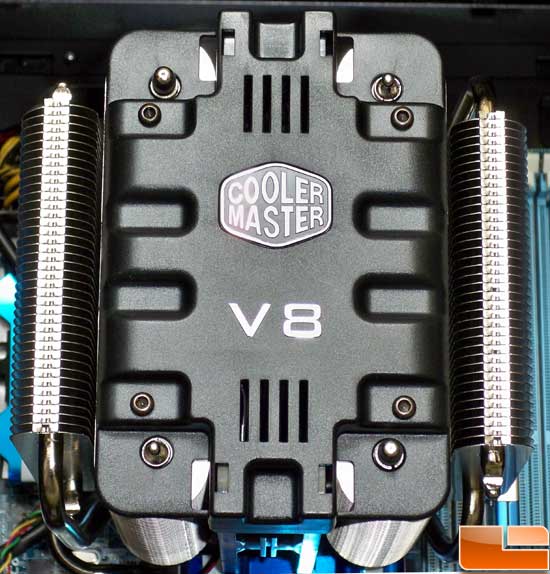
Keeping the CPU cool is a Cooler Master V8, so it looks like we can expect to see an LGA 1156 mounting kit for some of the high end coolers from Cooler Master.
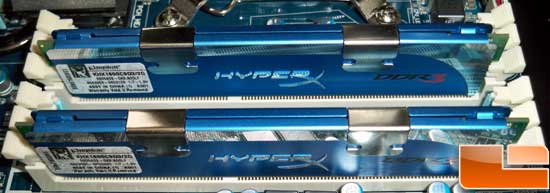
The memory in our system comes from Kingston in the form of a 4GB (2x2GB) kit, which is rated for 1600MHz operation at 9-9-9-24 timings.
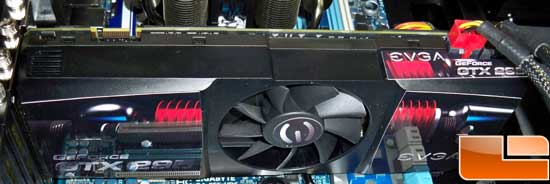
The video card is the awesome EVGA Geforce GTX 295 and will provide plenty of power to run the latest games.
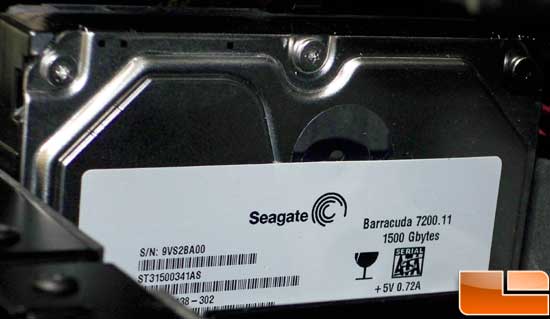
Storage is handled by a single Seagate 1.5TB SATA hard drive, so there is plenty of room for games and multimedia.

Powering all this hardware is a Thermaltake Toughpower 600w power supply.
Rounding out the odds and ends, we have a Samsung 22x DVDRW and a 12-in-one card reader. Our system is preloaded with Windows Vista Home Premium 64-bit with Service Pack 1. Wrapping it all up is a case that we reviewed just a few weeks ago, the Azza Solano 1000.
Intel Core i7 I7-870 Quad Core Processor
(2.93GHz, 8MB L3 Cache, 4x256KB L2 Cache, 2.5 GT/s Bus, LGA1156 Socket H - MPN: BX80605I7870)



Well, it looks like high-end gaming PC manufacturers are now well and truly on board the 3D bandwagon, with CyberPower only the latest to toss out a couple of systems bundled with some 3D glasses and the necessary hardware to back 'em up. As is their nature, CyberPower is offering both Intel and AMD-based options in the form of the Gamer Xtreme 3D 1000 and Gamer Xtreme 3D 2000, the former of which packs a 2.66GHz Core i7-920 processor, while the later opts for a Phenom II X3 720 Black Edition triple-core CPU. Otherwise, you can expect to get NVIDIA GeForce GTS 250 graphics on each, along with a bundled 22-inch Samsung Syncmaster 2233RZ 120Hz LCD monitor, 3D Vision stereoscopic glasses, and some expectedly high-end specs across the board, with the Core i7 rig edging out the AMD in most respects. That also includes price, of course, with the Intel-based system running $1,839, while the AMD-based rig will set you back a more reasonable $1,299.
Gaming Desktops
These rigs are designed for playing hardcore, intense-graphics games, with all the bells and whistles to take gaming to the next level.




































